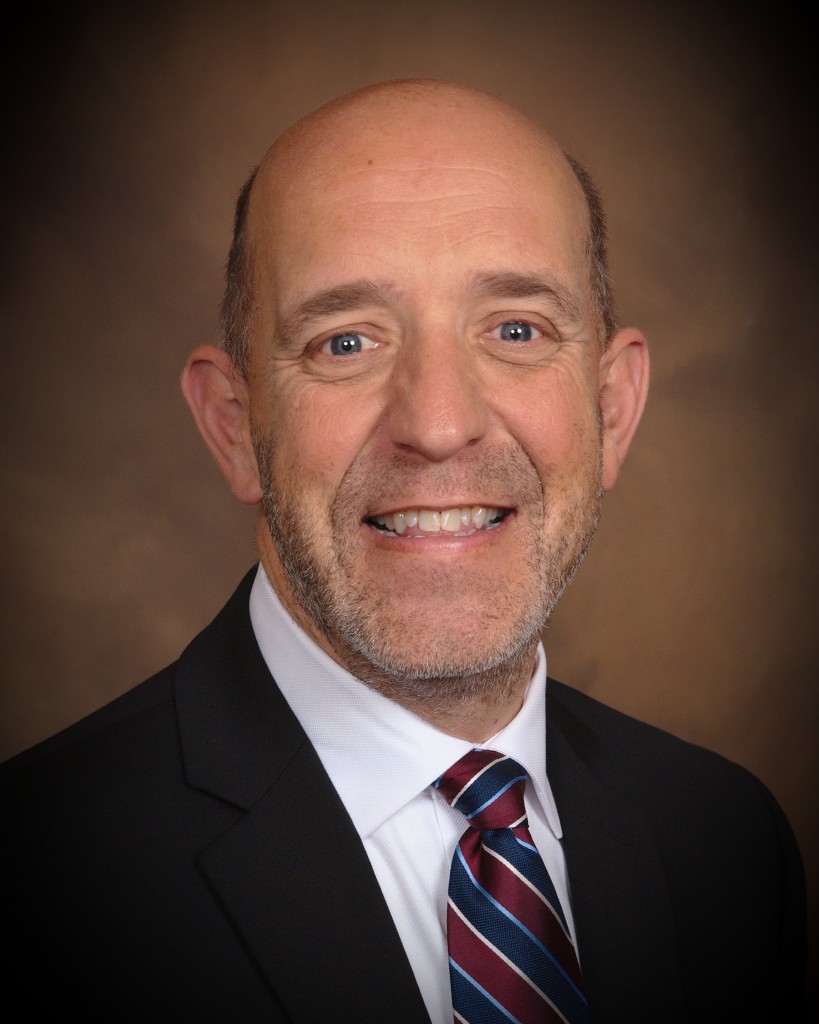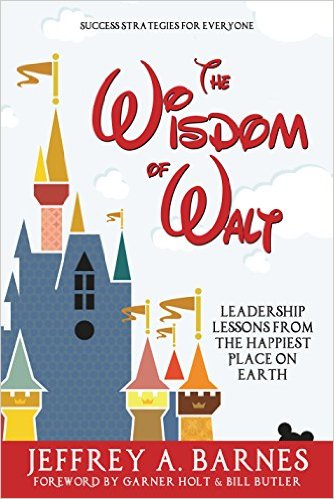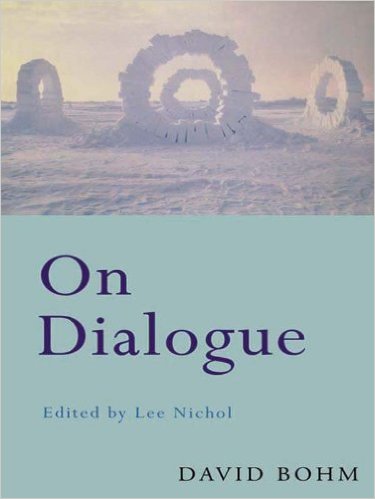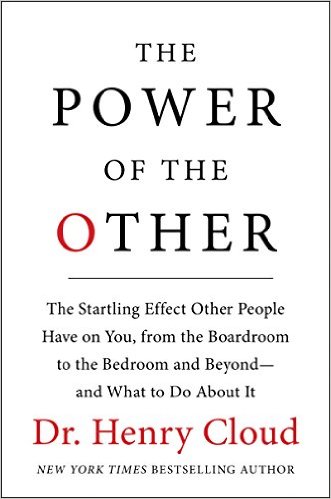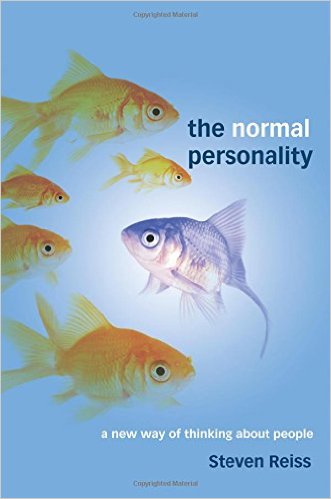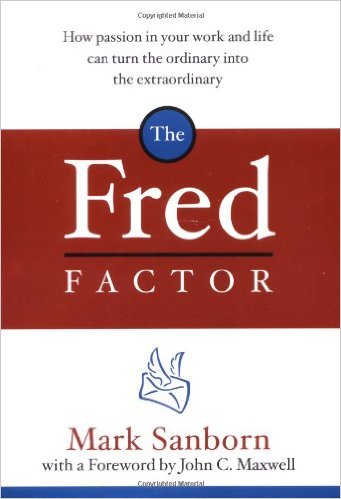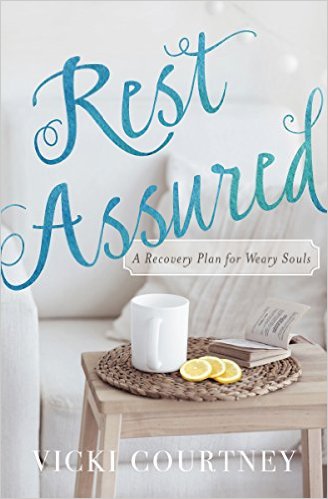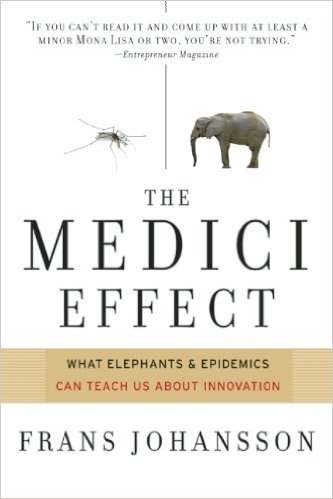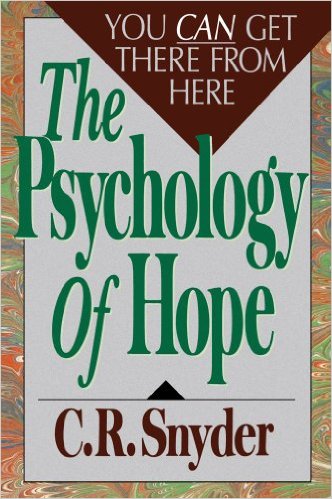
Book Review-The Psychology of Hope: You Can Get Here from There
It was working my way back through Brené Brown’s work that led me here ( See Rising Strong (Part 1 & Part 2), Daring Greatly, and The Gifts of Imperfection). In The Gifts of Imperfection, she referenced Snyder’s work in The Psychology of Hope to explain how hope is not an emotion, but is instead a thought process. This was a different perspective and ultimately led me to wanting to know more. I’m glad that I dug in deeper.
Hope is woven as a binding thread through numerous thoughts. The thread obviously holds a prominent place in happiness. (See Stumbling on Happiness, The Happiness Hypothesis, and Hardwiring Happiness for more on happiness.) However, hope is more than happiness. Hope is a critical component of living. It shows up as the placebo effect in medicine. (See The Heart and Soul of Change for the relationship between the placebo effect and hope.) In my post Faith, Hope, and Love I mentioned that, when I’ve experienced the greatest losses of hope, my body reacts by shutting down my digestive system.
It impacts people’s belief in their ability to change, as Dweck explains in her book Mindset. Hope is all around us, but who takes the time to consider it in detail? As it turns out, a professor at the University of Kansas does.
Two Parts
In his study, Snyder discovered that hope is made up of two primary components. There’s willpower and “waypower”. Willpower is the driving force. It’s the internal fuel that moves people forward. (I read and reviewed a whole book on the topic called, aptly, Willpower.) Waypower is “a mental capacity we can call on to find one or more effective ways to reach our goals.” Said differently, it’s our ability to create a path between our current situation and where we want to be.
Control and Self-Direction
Control has gotten a bad reputation. Everyone wants to control – and no one wants to be controlled. As we learned from Compelled to Control, some control is appropriate. So when I say that hopeful people tend to believe they have more control of their world, I can say that this is a healthy belief in control – or perhaps more appropriately influence – over their world. It’s not that they don’t understand that their circumstances are real. Hopeful people are realistic in understanding where they are. They just happen to believe that they’re not stuck where they are now.
In truth, high-hope people tend to know they’re not stuck where they are. High-hope people know that they have improved (or at least changed) things in the past, so it’s not unreasonable that they’ll be able to change their world again.
Fundamentally, hopeful people have a growth mindset. (See Mindset for more on growth mindset.) They know that they’re able to grow personally and to use their influence to change the world around them.
Rose-Colored Glasses
Incognito discussed at length how we don’t really experience reality perfectly well. We’ve got literal blind spots in our vision (where the optic nerve connects) and a host of other biases that our brains quietly ignore as they build up the belief systems that we live by. So we all have biases. Sometimes we win the cortical lottery and get rose-colored glasses. (The Happiness Hypothesis is where the idea of the cortical lottery comes from.) The idea is that we have a predisposition – a bias – towards seeing the world positively.
As it turns out, this is one of the characteristics of high-hope people. They tend to see the world with rose-colored glasses. They accept and acknowledge the distortion of things in a positive direction because they want to live with the expectation that the world is such a place.
Stockdale Paradox
It was Jim Collins in Good to Great that introduced me to the idea of the Stockdale Paradox. That is, the need to have unwavering faith in what you’re doing, and simultaneous acceptance of what others are saying, so that you can adapt and modify what you’re doing. In essence, a self-confidence about the approach you’re taking, and a vulnerability about the fact that you may be wrong.
In the language of The Psychology of Hope, this is the willpower to make your dreams happen and the waypower to adapt to the problems that get in your way. As an entrepreneur, I know that both are necessary – and that they’re related in a confusing way. If there’s not much willpower in what I’m doing (some would say purpose or motivation) then I’ll expend relatively little energy finding my way around the barriers that get in my way. I need both to hold on when the going gets rough and to find a way around the problems.
Multiplicity
There are books that advocate having a single goal. Being focused on one thing and one thing only. (The most notable is The ONE Thing.) However, Snyder points out that most high-hope people have multiple goals. They appear to have multiple goals to help them cope with the inevitable failure to reach every goal that they set. Their flexibility in their goals helps them maintain their positive outlook and their desire to move forward. To Snyder, it appears flexibility in goals is a form of waypower. If one goal becomes unobtainable for some reason, it’s easy to pour more effort into other goals.
I voiced my concerns with The ONE Thing book when I reviewed it. One of those concerns was that it ultimately advocated for one thing in each area of your life. The beauty of this approach is that it gave you the ability to have multiple areas of focus. The danger is that the categories were drawn so widely that you could have one goal for your marriage and one for your business; if your marriage wasn’t going well you could pour yourself into your business goal. Launch! made the important observation that in life we’re always juggling. Some of the balls that we’re juggling are rubber (or super) balls. If we drop them they’ll bounce back. Other balls, like our relationships and health, are glass balls. Once we’ve dropped them, they’re difficult if not impossible to get back.
Gaming the System
My entire life, I’ve somehow managed to figure out how to “game the system”. That is, I’d figure out what the rules, limits, guidelines, and procedures would allow me to do without getting in trouble – or to get a reward. In high school, there was a little more than a year of an open attendance policy. I took advantage of it and didn’t go to many of my classes. I studied on my own. Sometimes I’d be in the school library. Other times, due to the open campus policy which meant I could leave school grounds, I’d do my work at home. As long as my grades were good, no one really bothered me that much. The principal and I spoke reasonably often – I remember her telling me which days counted for state funding, and she’d ask that I attend all of my classes, which I did. The net effect? One semester, I missed 156 half-days of school.
For technical certifications, I learned how the questions were written. I learned what was allowed and what wasn’t allowed. This allowed me to evaluate the questions and the answers to see which ones fit inside the rules and this information allowed me to pass exams that I barely studied for.
The point isn’t so much the results that I was able to obtain from gaming the system. The point is that I was having fun with it. I was having fun with figuring out what I could get away with and still stay inside the lines.
One of my favorite movies is Real Genius. In it, a super genius named Lazlo Hollyfeld submits an untold number of sweepstakes entries. When asked if he feels like that’s cheating, Lazlo responds that “they made the rules.” After all, he figured out he has certain material needs. The character had a certain levity to adhering to the rules.
This is what hopeful people do. They bring levity to life. They’ll enjoy life as a game. It’s fun to see what they can do and accomplish.
Philanthropy and the Psychological Roots
Philanthropy is a good thing: taking what you have and reaching a hand out to others to help them be successful and accomplish things. However, where is the root of this behavior? If you believe the social research, this is something that increases our likelihood of survival as a species. (See Spiritual Evolution for research on Baboons and higher social networks predicting higher survival.) However, from a more personal psychological perspective, higher-hope people are more philanthropic.
One might wonder why this is the case, and I speculate that this because the higher-hope people believe in the random kindness of strangers. Perhaps they were a recipient of it, or perhaps it’s just the way they chose to see the world. In my estimation, high-hope people are philanthropic people because they have to be. They have to live out their belief that the universe and other people are ultimately good and are out there to help people, not to punish or hold them back.
Hope for a Lifetime
We’ve all met people whose fire of hope has all but been extinguished. They’ve developed a kind of learned helplessness that perpetually holds back their ability to be hopeful. (See Mindset and The Paradox of Choice
for more on learned helplessness.) At the same time, we find people living in their 80s and 90s who are spry and full of hope. It seems that hope, once established, seems to be relatively stable over a lifetime. It seems that, despite the normal fluctuations of good and bad fortunes, hope itself seems to remain relatively stable across time.
It turns out that hope is like a tetherball. It can move around some sort of invisible post. It seems, according to Snyder’s research, that the concrete that this is poured into is set around 20. That is that past the age of about 20, folks’ general belief about the hopefulness of life doesn’t change much. Admittedly, I’d love to see research on how people are able to infuse hope into those who are older than 20.
The Nitty Gritty of Hope
How Children Succeed spoke of grit. Others use the word “persistence” or “resilience” to speak about the ability of children to develop a capacity to continue to work for goals in the presence of barriers. This grit is the waypower to develop hope later in life.
Snyder recommends that toddlers who have barriers between them and what they want should be joined in their problem rather than having it solved for them. He’s suggesting what “G” is for Growing calls “down on the floor” moms and dads. They’re the parents who aren’t afraid to lower themselves to the level of their children.
These are the same parents who are willing to nudge and hint the direction that will allow the child to solve their own problem – rather than solving it for them.
Hope Is the Rope from the Past to the Future
It’s no secret to me or those who know me that I’m a future-oriented person. (See The Time Paradox for more about perspectives on time.) I replaced large mulch beds on my property with rock because the rock won’t need replaced or refreshed as often. The lap siding on the house is made of concrete board because it won’t need replaced, or even painted, for a long, long time. I’m always preparing for the future.
This propensity for long-term doesn’t limit itself just to the maintenance of our home. Instead, it’s a general philosophy. How can I make investments today that will yield payoffs in the future which will get me to my goals? There are the obvious examples of saving for retirement; but more than that, how do I make investments in myself, in other people, and in life that will – or at least may – yield the results I’m looking for?
For my self-investment, I read and write these blog posts each week to expand my understanding of the world and to build perspective for me. I connect things between different books to form a web that will capture my future thoughts, and keep them from falling fallow to the ground. For others, we (my wife and I) pour love into our children so that they will develop the kind of secure attachment that seems to be beneficial in life.
What does this have to do with hope? As it turns out, quite a lot. I don’t know that the investments I make today will definitely produce results in the future. I don’t know that what I’m doing will help me reach my goals. What I do know is that I hope that my investments today will lead to the future results that I want.
My hope is the rope that guides me from my distant past through the present and on to the future.
Confidants and Connections
The more I read, the more I find evidence that we all need connections and confidants. In Daring Greatly, Brené Brown describes connections as the reason why we’re here. In my post High Orbit – Respecting Grieving, I shared Robin Dunbar’s research on stable social connections. In Change or Die, Alan Deutschman shared that most of our health care costs are driven by behavioral issues; more importantly, he shared that the successes in getting folks to actually change is often the formation of a tight-knit community. In Diffusion of Innovations, Everett Rogers explained that innovations diffuse along a “knowledge-attitudes-practices” path, where mass media can change knowledge, community or group members can shift attitudes, and it takes a personal decision to change practices.
The need for connection is punctuated by Emotional Intelligence’s quoting of a Science article, indicating that isolation “is as significant to mortality rates as smoking, high blood pressure, high cholesterol, obesity, and lack of physical exercise.” We need others to be alive. More importantly, we need people with whom we can share our deepest and innermost thoughts.
Snyder echoes these sentiments indicating that those who’ve gone through a divorce score lower on hope scales. One percent increases in unemployment rates increases first-time mental health services use by four percent. (Think about how much of your social interaction is driven through your work.) Of those with low hope scores, frequently their families don’t communicate their support. In effect, they’re not forming the supportive network that people need to grow.
Living by Labels
Another common thread which exists in the literature is the importance – both positive and negative – of labels. Labels are meant to define us, albeit in a narrow way. They can define our struggle, or they can define our strength. I’ve advocated before for an integrated self-image which includes all of the aspects or facets of who we are. (See Beyond Boundaries, Compelled to Control, and Schools without Failure for more on an integrated self-image.) Each of these facets needs a name so that the perspective can be clear.
The danger of labels is that we’ll use them to limit us and what we believe we’re capable of. We use the labels to take on the stance of a victim. (See Boundaries and Beyond Boundaries for more thoughts on victimhood.) Snyder was similarly concerned that, while labeling behavior helped to release the natural ego tendencies towards denial, they sometimes formed the basis for an excuse for poor performance. To the point that one of his colleagues noted an increase in social drinkers’ consumption of alcohol prior to performing an action where alcohol may be a good excuse for poor performance.
So, on the one hand, we need to be able to combat our ego’s defenses by labeling behavior and calling it out for what it is – and on the other hand, we need to exercise care to prevent the unintentional creation of a fixed mindset of victimhood. (See Mindset for more on a fixed mindset.)
Pandora’s Box
As I dig to find answers I keep coming back to the one thing which survived in Pandora’s Box. Against all of the evils of the world, hope was able to stand its ground and survive – though admittedly not without being battered. The more I look at happiness and joy in our lives the more I realize that we rely on The Psychology of Hope.

